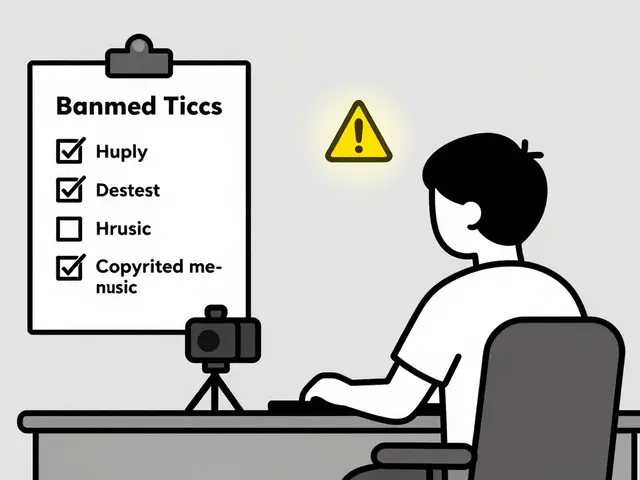Market Segmentation: Finding Your Perfect Audience
Ever wonder why some products just seem to click with certain people? That’s market segmentation at work. Instead of shouting to everyone, you focus your message on specific groups who actually want what you’re offering. It saves time, cuts costs, and boosts your chances of success.
Market segmentation means splitting your whole market into smaller groups that share something in common—like age, location, interests, or buying habits. When you understand these groups, you can design ads, offers, or products that speak directly to them. Imagine selling winter coats only to folks who live where it snows—that’s smart marketing.
Types of Market Segmentation
There are a few ways to slice your market. First, demographic segmentation breaks people down by age, gender, income, or education. For example, a gaming console company might target young adults more than seniors. Then there’s geographic segmentation, which focuses on where people live or work—urban, rural, different countries all have unique needs.
Psychographic segmentation digs deeper into lifestyles, values, and personalities. Think of a brand selling eco-friendly products appealing to people who care about the environment. Behavioral segmentation looks at actions like purchase history or brand loyalty. Are they first-time buyers or repeat customers? Do they shop online or in-store? Knowing this helps build better campaigns.
Why Market Segmentation Matters for Your Business
Using market segmentation can seriously up your marketing game. Tailoring messages stops you from wasting ad dollars on uninterested people. Customers feel understood, which builds trust and loyalty. It also uncovers new opportunities—you might find a niche market others overlook.
For instance, a video editing software company might discover that beginners want simple tools, while pros look for advanced features. So they create different versions instead of one-size-fits-all. This approach wins more customers and reduces churn.
By focusing on the right group, you can adjust your prices, promos, and even product features to fit exactly what they want. That kind of precision turns browsers into buyers, fast.
If you’re starting out, look through your existing customer base for patterns. Are most users from a certain age group? Do many come from a particular region? Use surveys, web analytics, or social media insights to gather real data. The clearer you are about who you serve, the better your marketing will perform.
Remember, market segmentation isn’t a one-time deal. Markets change, trends shift, and customer needs evolve. Keep checking in and adjusting your groups to stay ahead.
16
The Four Core Marketing Strategies Explained for Effective Brand Growth
Explore the four core marketing strategies with a modern approach and real-world examples. This guide breaks down each strategy, offers actionable tips, and provides interesting stats to show what actually works today. Discover how to pick the right approach for your business and create campaigns that truly connect with your audience. Plenty of data, practical advice, and clear language make marketing make sense. Perfect for anyone looking to understand and apply marketing fundamentals for real results.
Latest Posts
Popular Posts
-
 Live Stream Safety: How to Avoid Bans and Stay Within Platform Policies
Live Stream Safety: How to Avoid Bans and Stay Within Platform Policies
-
 Special Effects vs. Visual Effects: What’s the Difference in Movie Magic
Special Effects vs. Visual Effects: What’s the Difference in Movie Magic
-
 Taxes and Currency: How International Streaming Billing Works
Taxes and Currency: How International Streaming Billing Works
-
 Billing and Payment Lockouts: How to Restore Streaming Access Fast
Billing and Payment Lockouts: How to Restore Streaming Access Fast
-
 Breakout Indies at the Box Office: How Word-of-Mouth Made These Films Blockbusters
Breakout Indies at the Box Office: How Word-of-Mouth Made These Films Blockbusters



